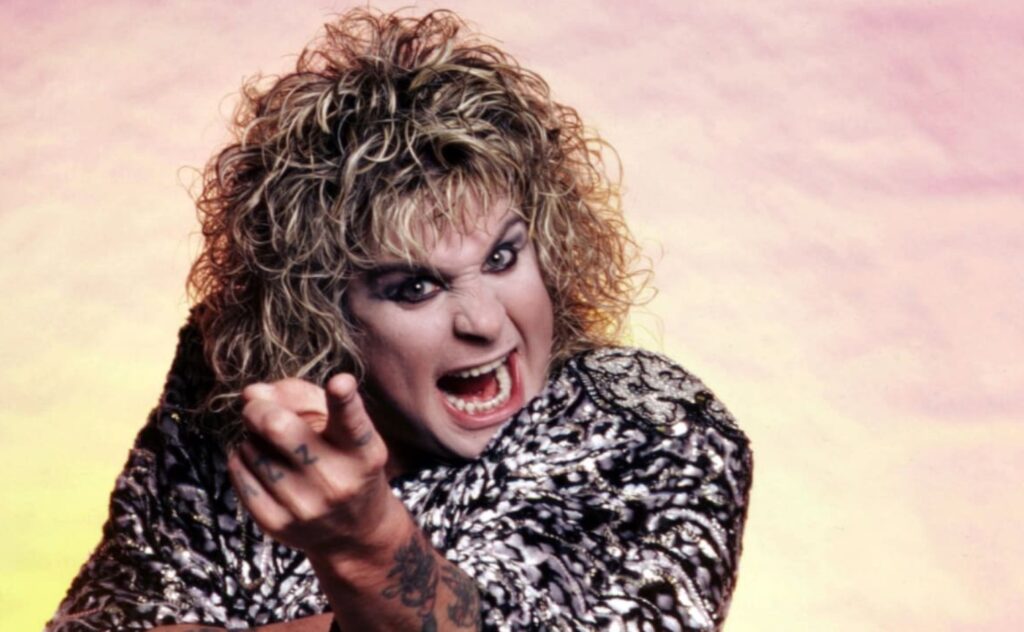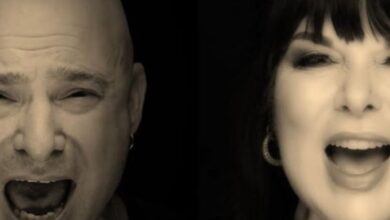Ozzy Osbourne’s Flying High Again: The Anthem That Soared Beyond Its Era

Although it’s sometimes mislabeled online as a “cover,” this is one of Ozzy Osbourne’s own signature songs. It first appeared on his second solo album and was issued as a single with “I Don’t Know (Live)” on the B-side. The release came on Jet/Epic in October 1981 and quickly became a staple of his set.
The track belongs to the Diary of a Madman era—an album produced by Max Norman with Osbourne, Randy Rhoads, and Bob Daisley also credited, and the final studio LP to feature Rhoads and drummer Lee Kerslake. The record was released in October 1981 and later reissued, underscoring its enduring place in Ozzy’s catalog.
Songwriting is credited to Osbourne, Rhoads, Daisley, and Kerslake, with Norman producing. Running 4:44, the single encapsulates Ozzy’s early-’80s formula: a lean arrangement built around an indelible riff, sky-leaping guitar breaks, and a vocal that moves between taunting confidence and sing-along release. Those credits and details are consistent across official discographies and histories.
Commercially, the single hit modern-rock radio hard. In 1982 it climbed to No. 2 on Billboard’s Top Tracks chart (later known as Mainstream Rock), confirming its broad airplay and staying power among U.S. rock stations during the height of the new-wave and hard-rock crossover years.
Musically, the cut is grounded in a bright, hard-charging key center and a classic call-and-response structure between voice and band. Listeners still point to Rhoads’s taut, melodic solo—concise yet athletic—as the moment that crystallizes the track’s lift-off and explains why it remains a guitar-hero favorite decades later.
Lyrically, many fans read the title as a wink to drug culture, but critical retrospectives have also framed it as Ozzy myth-making—an anthem about defiance and escapism from a singer navigating addiction and reinvention in the wake of his Black Sabbath exit. Contemporary and later commentary trace those themes across interviews and write-ups.
Context matters: the single arrived as Ozzy’s new band was touring relentlessly, and only months before tragedy reshaped the story. Rhoads died in a March 1982 plane crash during the Diary of a Madman tour, a loss that froze the lineup in time and turned live recordings from 1980–81 into essential documents of the era.
One such document is the 1987 live album Tribute, released in Rhoads’s honor. The set includes “Flying High Again,” with the bulk of the album captured at Cleveland’s Music Hall on May 11, 1981. That recording preserves the song’s early arrangement and underscores its role as a centerpiece in Ozzy’s shows with Rhoads.
A decade later, the track resurfaced on Live & Loud (1993), compiled from Ozzy’s “No More Tours” trek. That version of “Flying High Again” was recorded at Atlanta’s Lakewood Amphitheatre on August 18, 1992—evidence of the song’s longevity as a setlist highlight well beyond its original album cycle.
The visual story continued in 2021 when an official animated video was released, paying homage to Rhoads and the song’s legacy. Directed by YERE Studio and published on Ozzy’s channels, the clip reframed a classic for the streaming era while explicitly celebrating the guitarist whose playing made the song soar.
Ozzy’s official YouTube upload anchors the modern footprint for new listeners, presenting a sanctioned way to experience the song and tying it to broader catalog promotions. The platform listing identifies it simply as the official music video, aligning with the label’s archival and anniversary campaigns in recent years.
Catalog overviews also show how the track has been repeatedly repackaged: it appears on core compilations such as The Essential Ozzy Osbourne and Memoirs of a Madman, on the 30th-anniversary reissues, and across live releases—ensuring the song remains visible to new generations discovering Ozzy through playlists.
The parent album’s history adds texture. Diary of a Madman has been at the center of credit disputes and later remasters; a 2002 edition controversially replaced original bass and drum parts before a 2011 release restored them, reaffirming the contributions of Daisley and Kerslake to the sound that powered singles like this one.
Critical memory has stayed kind. Loudwire’s anniversary retrospective singled the song out among the album’s fist-in-the-air anthems, and Boston’s WZLX placed it inside its long-running “Classic Rock Countdown,” markers that show how both media and radio continue to treat it as core Ozzy.
Taken together—the hit radio run, the preserved 1981 and 1992 live recordings, the 2021 animated video, and its persistent presence on key compilations—the evidence is clear: this isn’t a cover at all, but an Ozzy original that grew into a career-defining staple and a lasting showcase for Randy Rhoads’s electrifying guitar voice.





